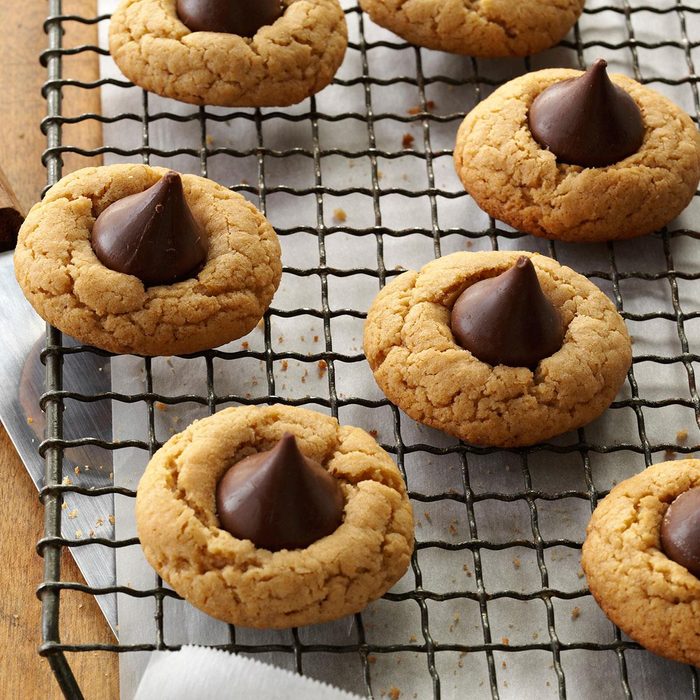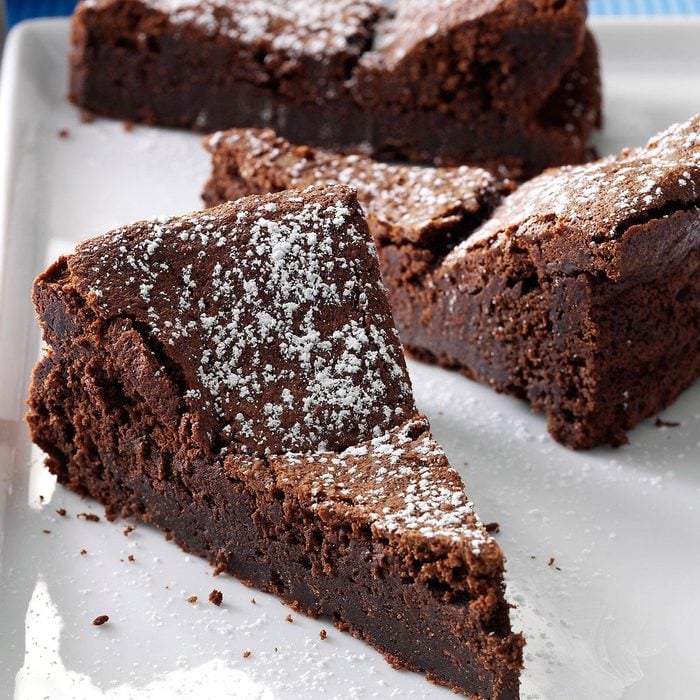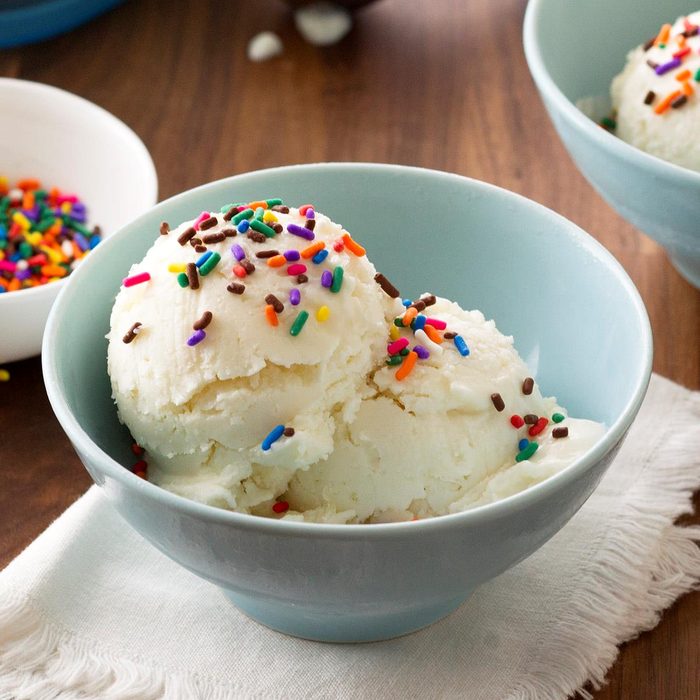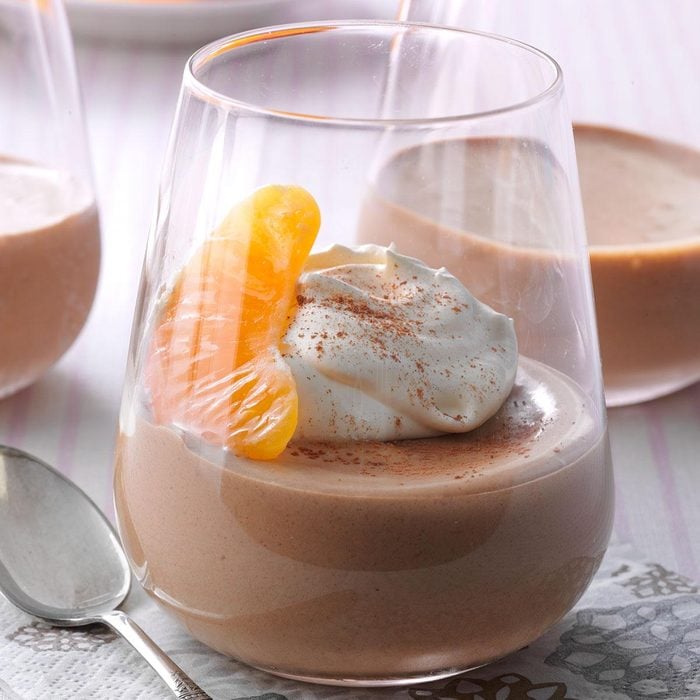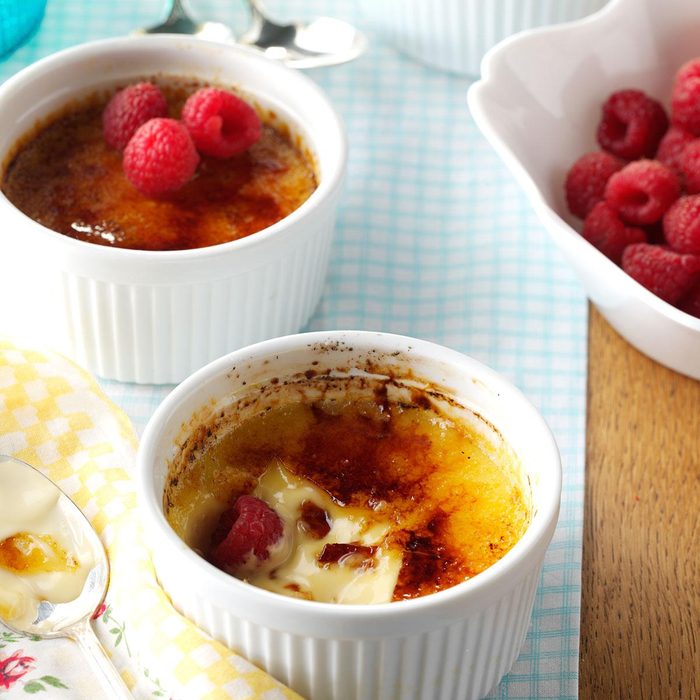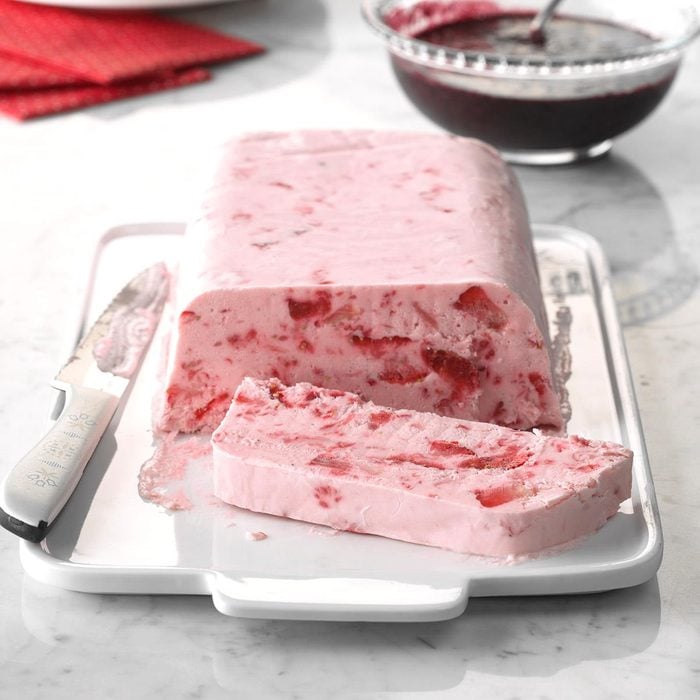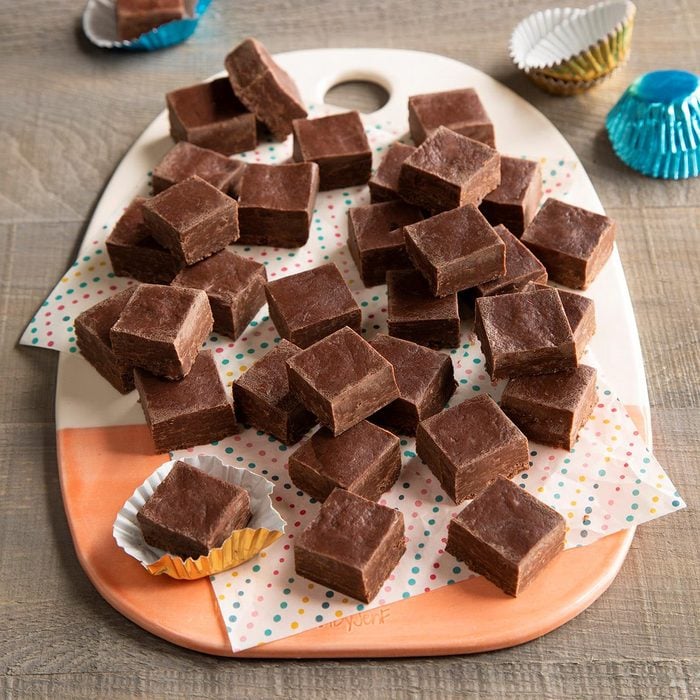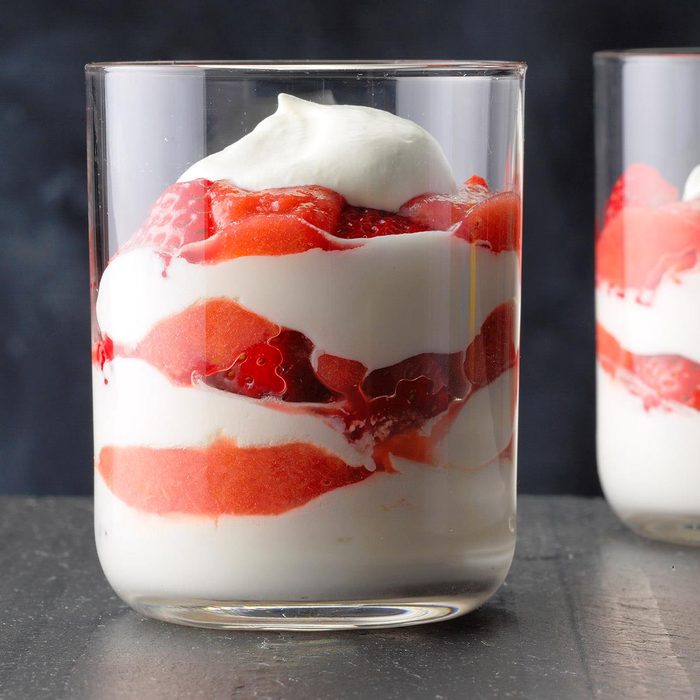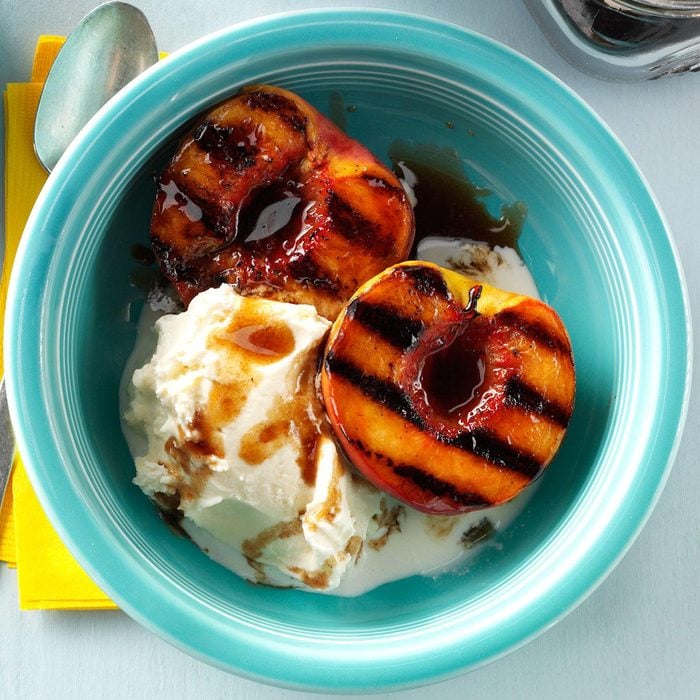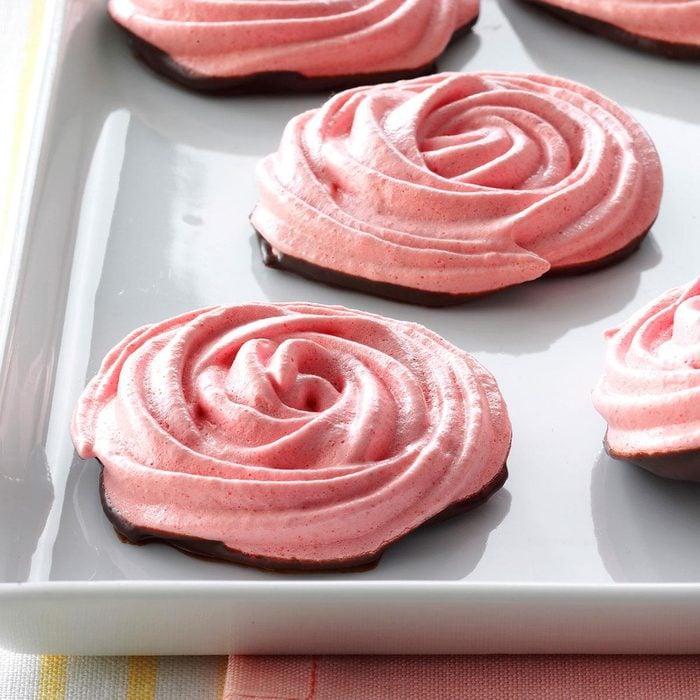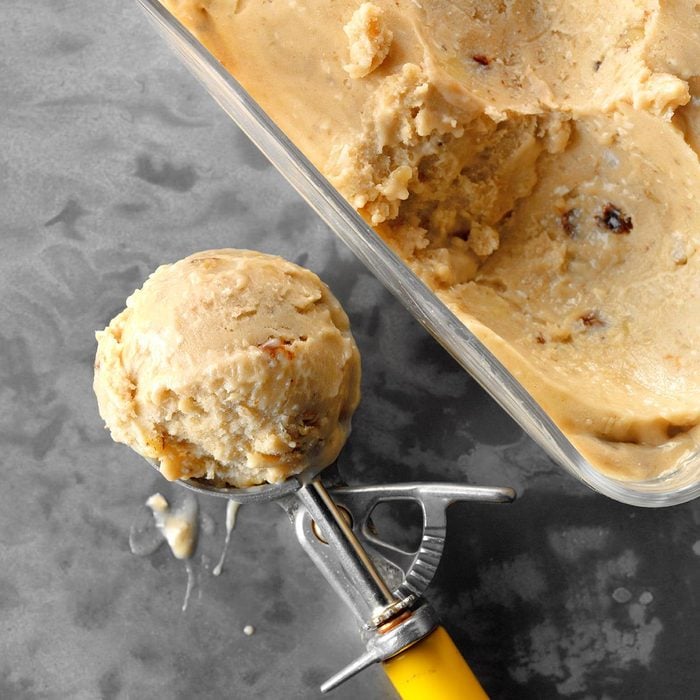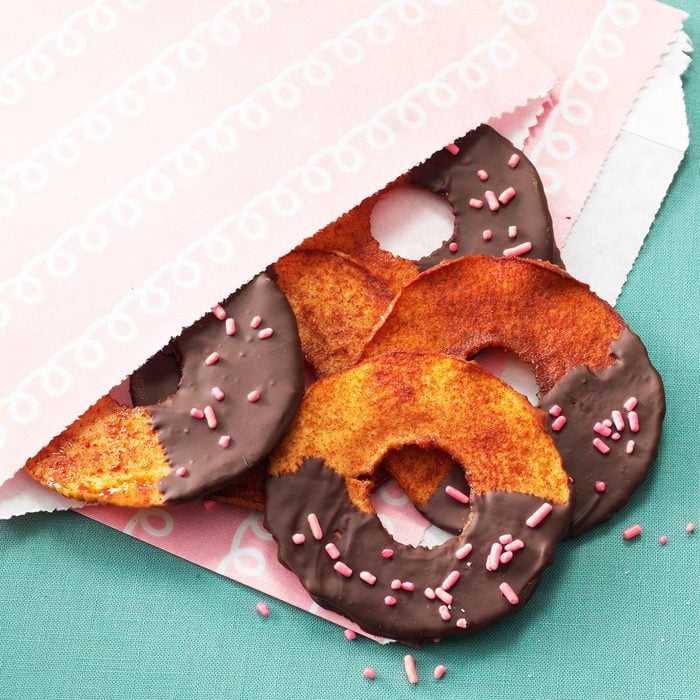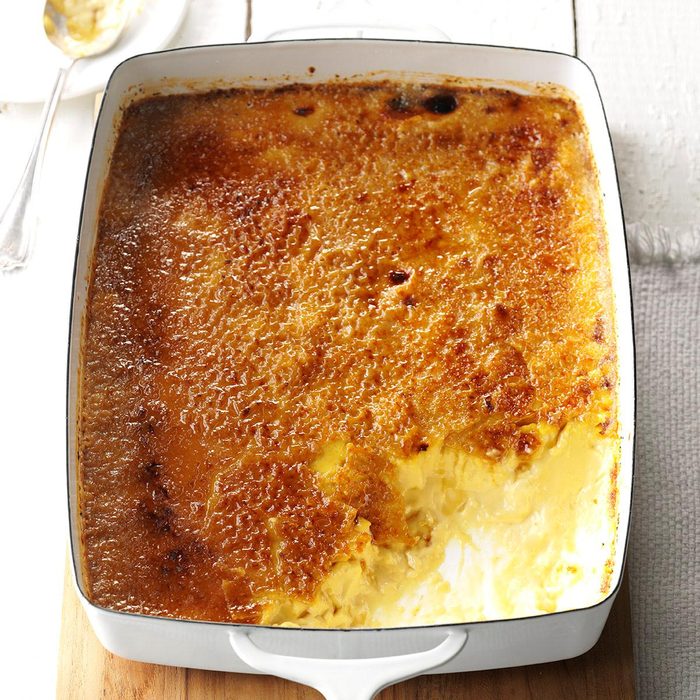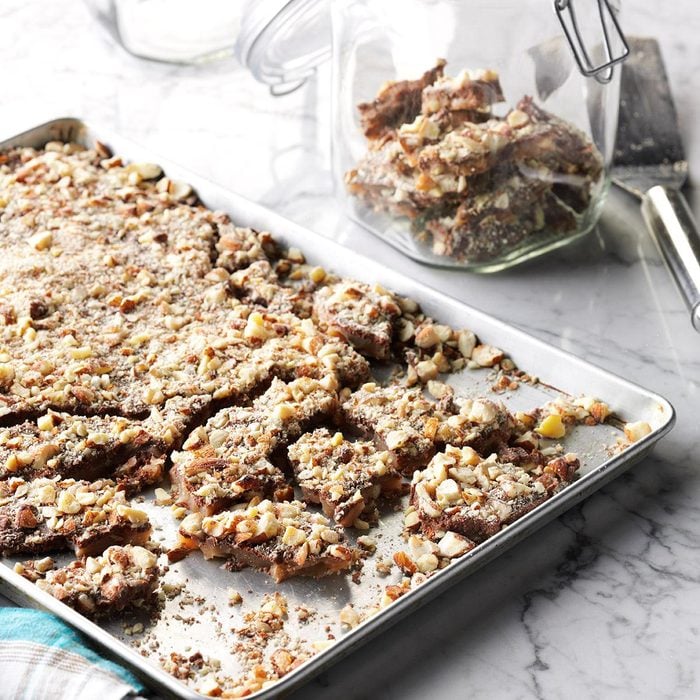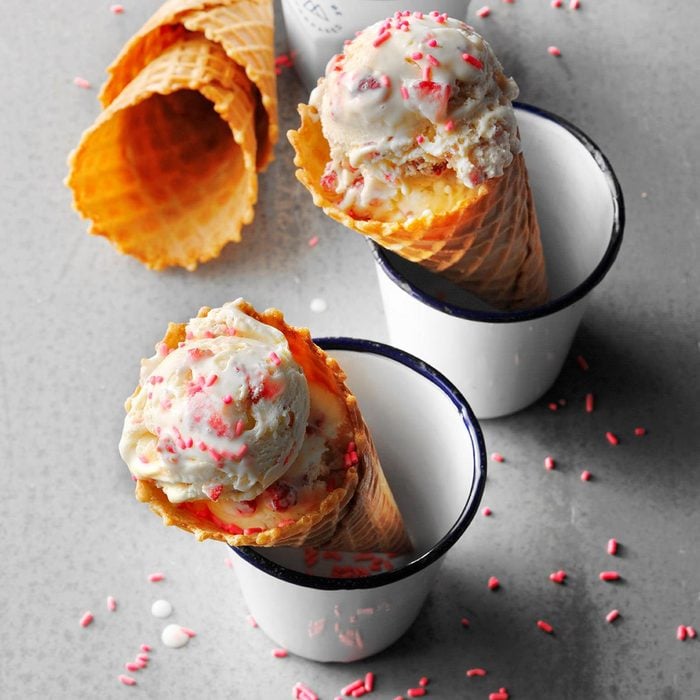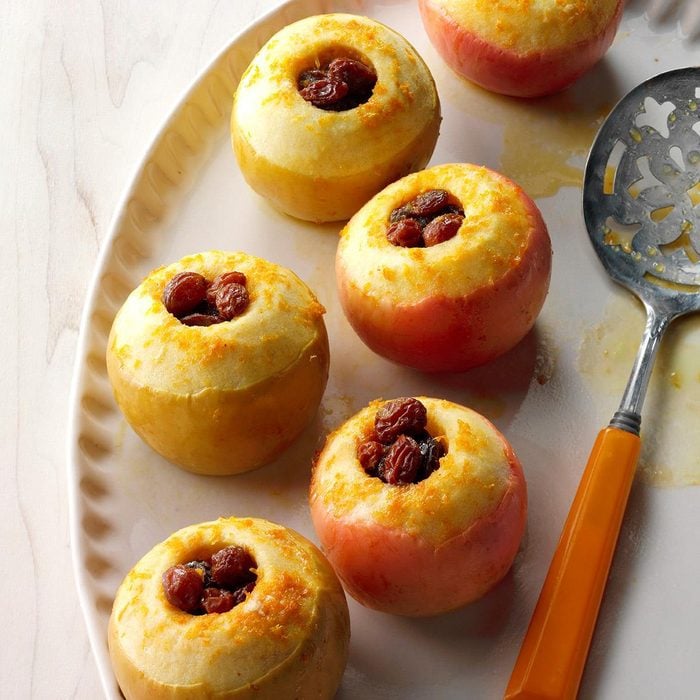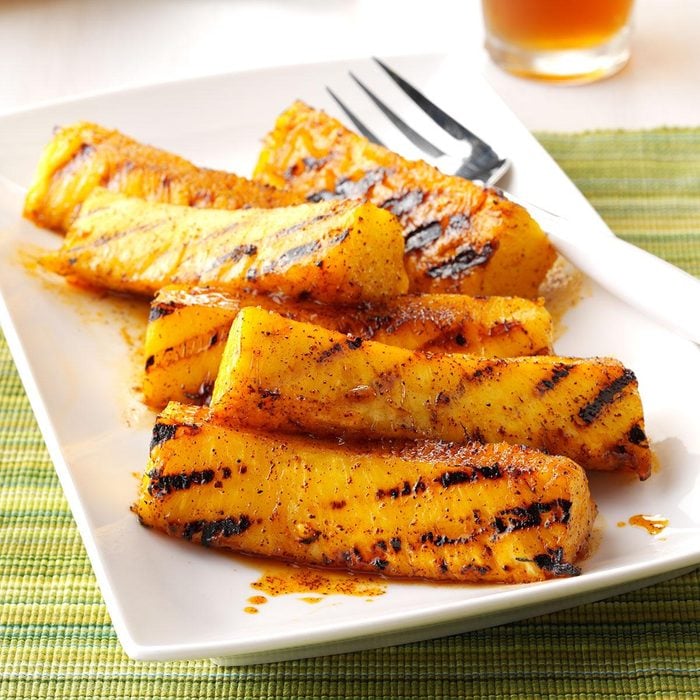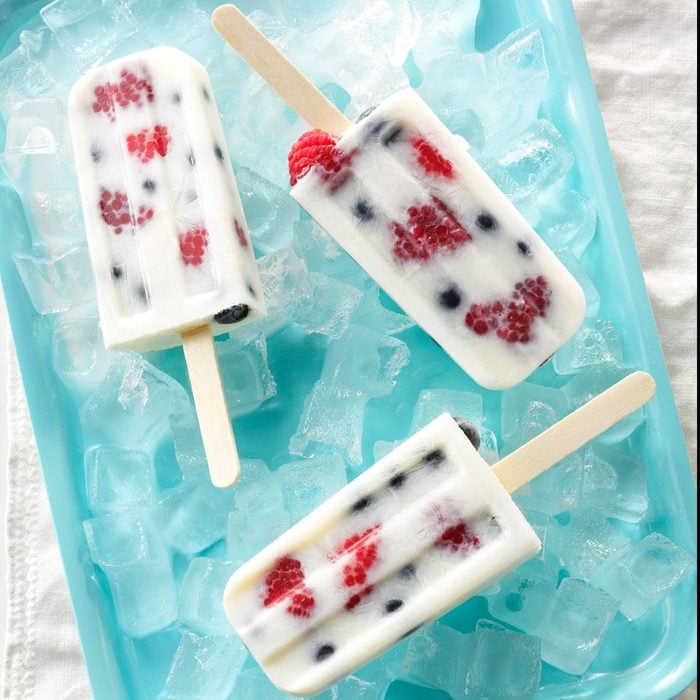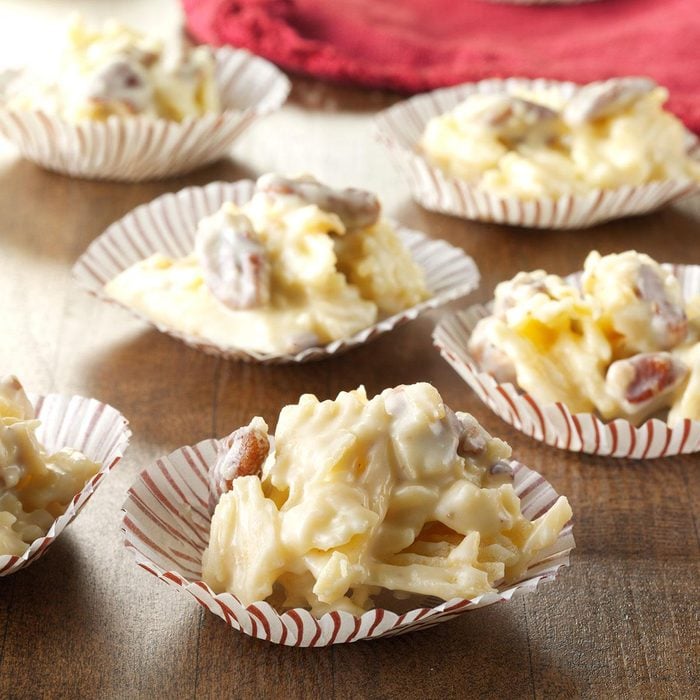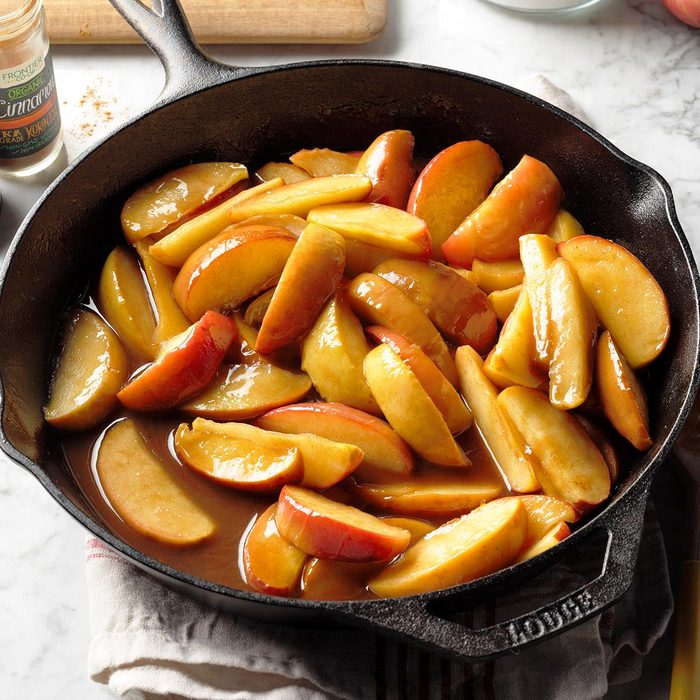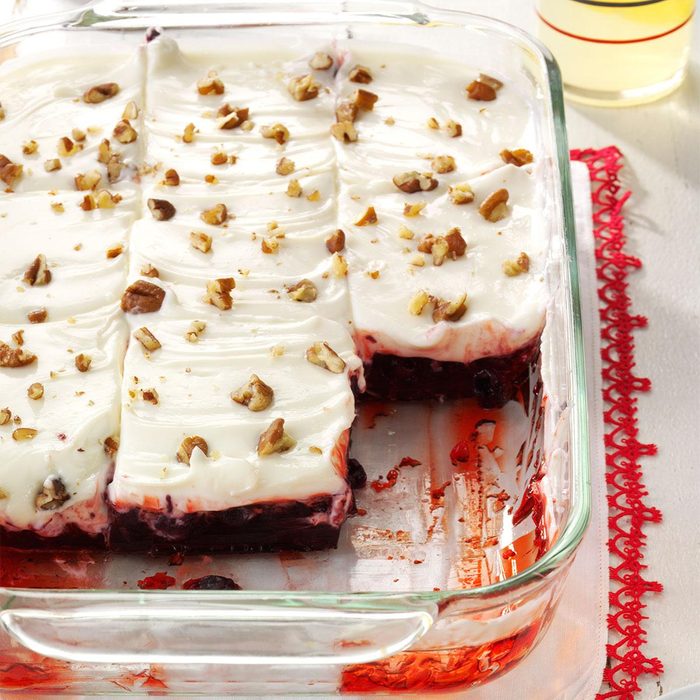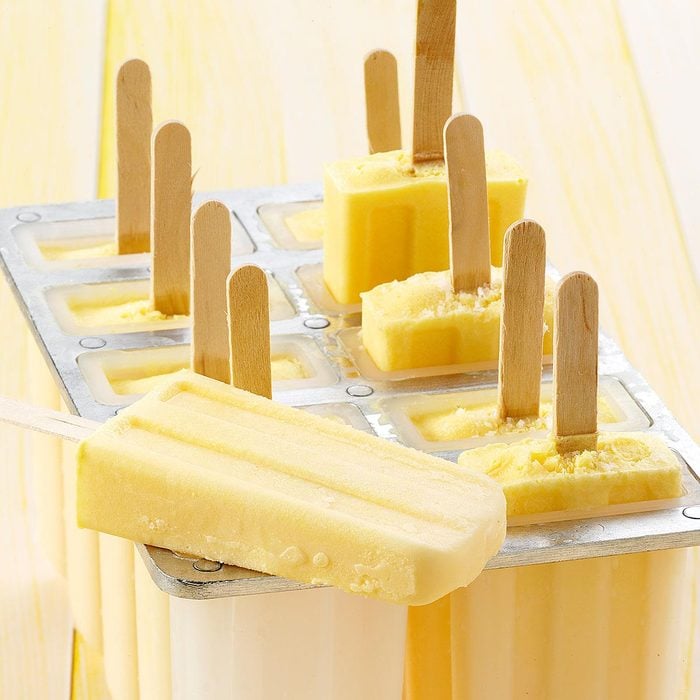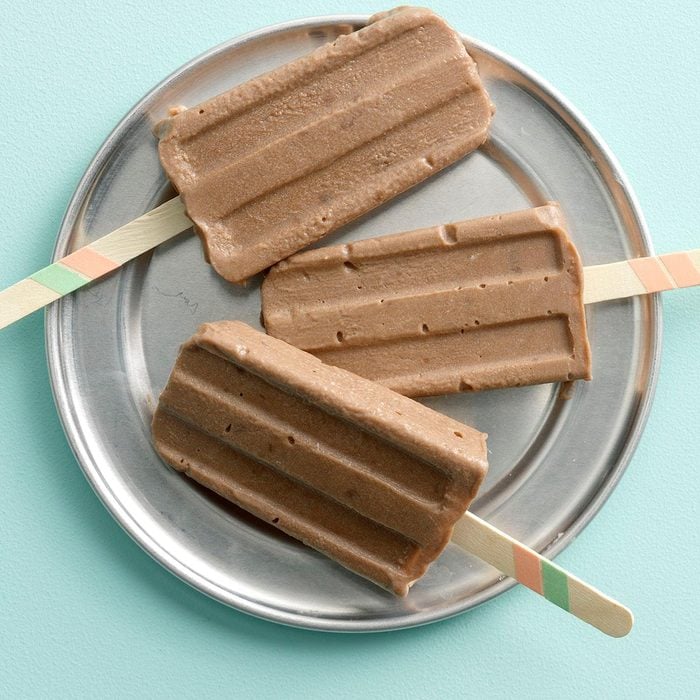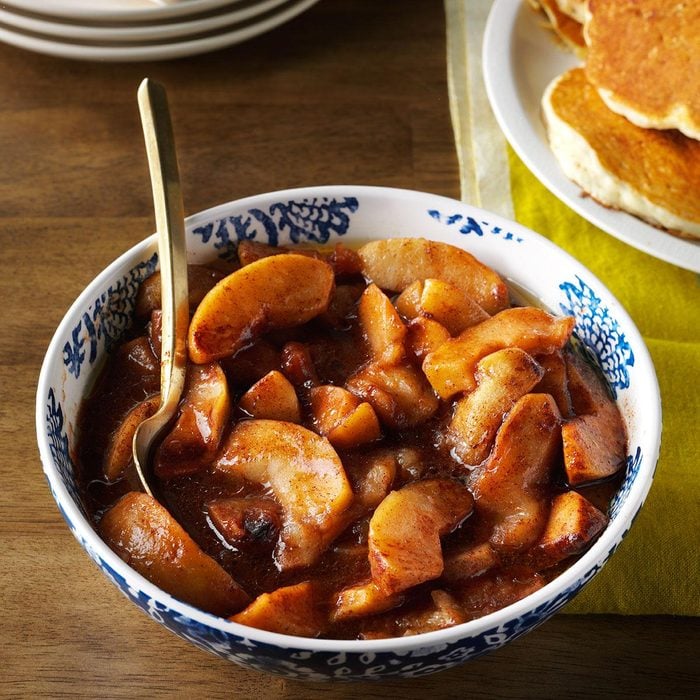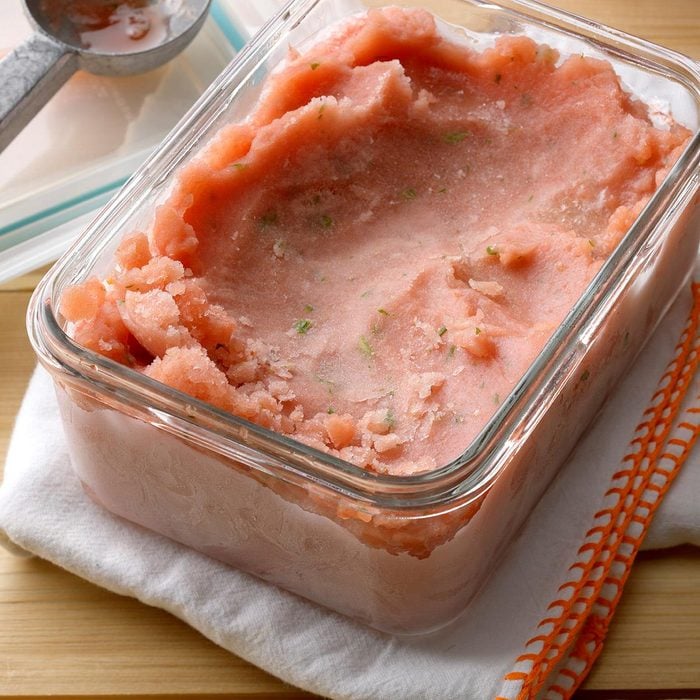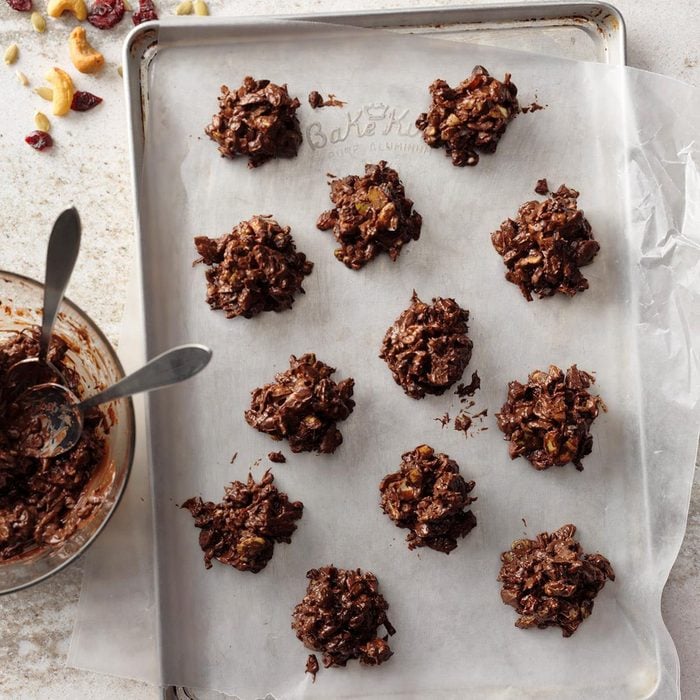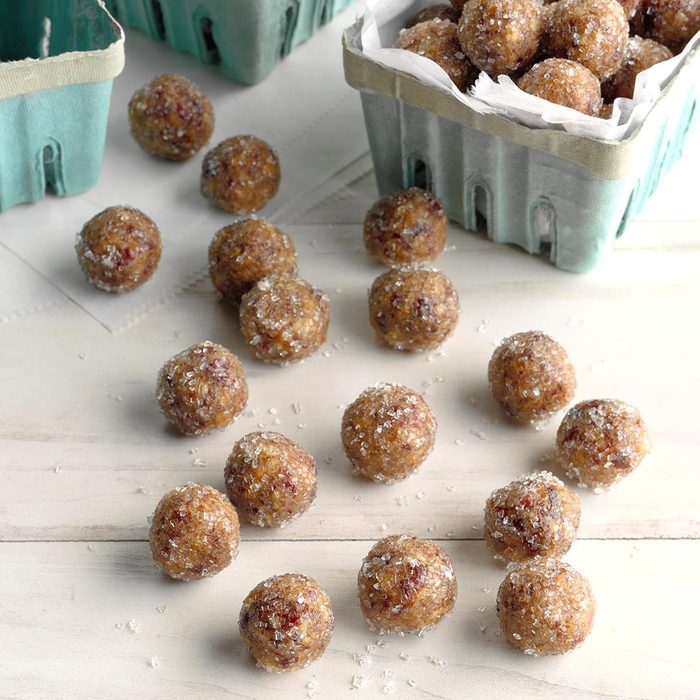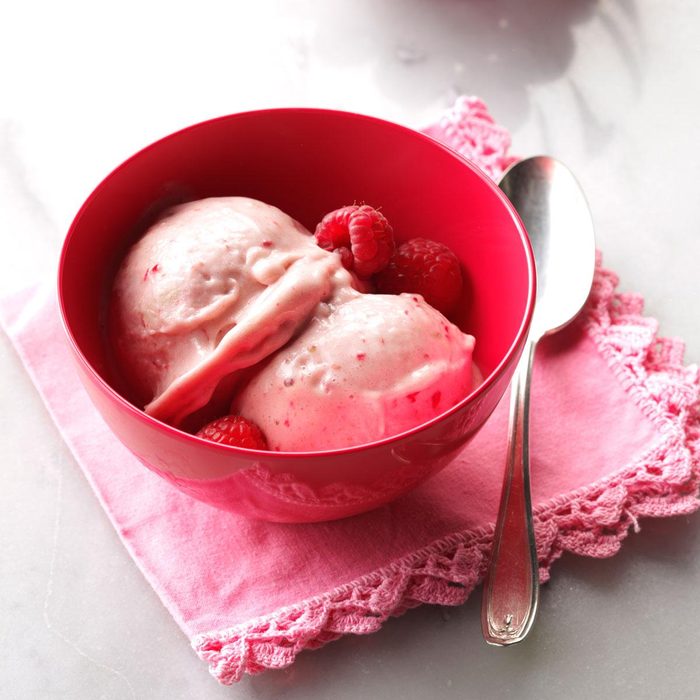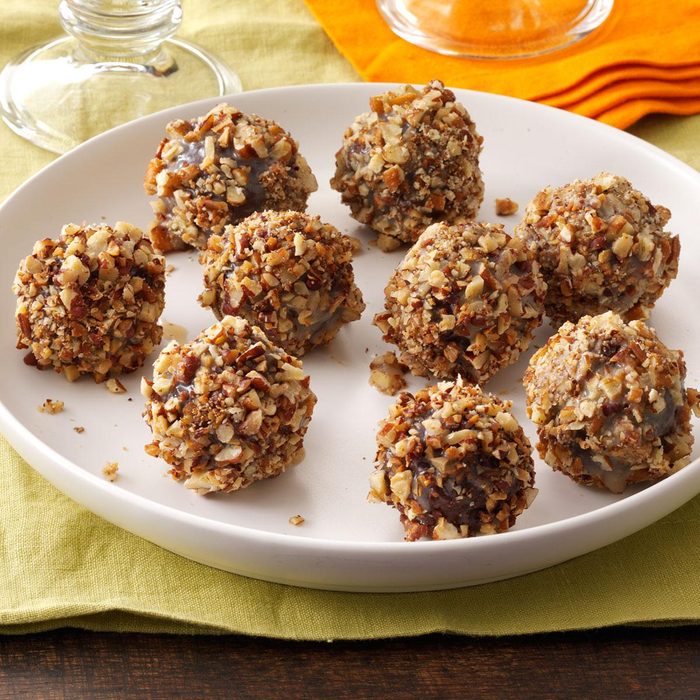Gluten-Free Peanut Butter BlossomsGluten-free peanut butter blossoms put a chocolate twist on creamy butter treats!
Flourless Chocolate TorteHere's the perfect dessert for chocoholics—like me! I bake this melt-in-your-mouth torte all the time for special occasions. For an elegant finish, dust it with confectioners' sugar. —Kayla Albrecht, Freeport, Illinois
Frozen YogurtIt's so simple and easy to make your own frozen Greek yogurt, you might even want to get the kids in on the fun. —Taste of Home Test Kitchen
Tangerine Chocolate SemifreddoWhen I wanted a new frozen treat for my family, I came up with this citrusy, chocolaty version of classic Italian semifreddo. For an elegant presentation on special occasions, top each serving with whipped cream, a tangerine section and baking cocoa. —Claire Cruce, Atlanta, Georgia
Burnt CustardThe recipe for this smooth-as-silk custard came from a local restaurant years ago. With its broiled topping it looks pretty in individual cups. —Heidi Main, Anchorage, Alaska
Cool Strawberry CreamThis fruity, luscious dessert makes a wonderful ending to a special dinner. When fresh strawberries are not available, substitute two packages frozen unsweetened strawberries, thawed and drained, for the fresh. —Joyce Cooper, Mount Forest, Ontario
Gluten-Free Granola Bar RecipeLearn to make our go-to gluten-free granola bars in three simple steps.
Blueberry Ice CreamIf you churn only one homemade ice cream this summer, it should be this blueberry ice cream. Each scoop has a subtle tart, floral flavor and intense purple hue.
Microwave FudgeCalling all chocoholics! We'll show you how to make microwave fudge in just five easy steps.
Berry Rhubarb FoolA "fool" is a British dessert that's usually made with custard. This is a modified, quicker version I created. My kids love it because it
doesn't taste like rhubarb—so I guess it's well named! —Cheryl Miller, Fort Collins, Colorado
Grilled Honey-Balsamic Glazed FruitOne summer my mother-in-law made us grilled peaches basted with a sweet and tangy sauce. These are so good I'm always tempted to eat the whole batch. —Kristin Van Dyken, West Richland, Washington
Chocolate-Dipped Strawberry Meringue RosesEat these pretty treats as is or crush them into a bowl of strawberries and whipped cream. Readers of my blog, utry.it, went nuts when I posted that idea.—Amy Tong, Anaheim, California
Chunky Banana Cream FreezeEveryone loves ice cream, but we all know it doesn't make a great after-school snack. Until this! With its sweet banana-almond flavor and chunky texture, this appealing banana peanut butter "ice cream" is a crowd-pleaser. People who ask me for the recipe can't believe how easy it is to make. —Kristen Bloom, Okinawa, Japan
Chocolate-Dipped Apple RingsThese apple treats are a staple in my Christmas goody packages. Sometimes I add an 1/8 teaspoon of cayenne to the cinnamon mixture for a little extra kick. —Laurie Bock, Lynden, Washington
Caramel Creme BruleeThis recipe comes out perfect every time and it's always a crowd-pleaser! A torch works best to get the sugar caramelized while keeping the rest of the custard cool. You may want to use more sugar to create a thicker, more even crust on top. —Jenna Fleming, Lowville, New York
Aunt Rose's Fantastic Butter ToffeeI don't live in the country, but I love everything about it—especially good old-fashioned home cooking! Every year, you'll find me at our county fair, entering a different contest. This easy toffee recipe is a family favorite. —Kathy Dorman, Snover, Michigan
Homemade Strawberry Ice CreamThis creamy, luscious ice cream will remind you of the signature treat served at church ice cream socials. What dessert could be better? —Esther Johnson, Merrill, Wisconsin—Esther Johnson, Merrill, Wisconsin
Slow-Cooker Baked ApplesComing home to this irresistible dessert on a dreary day is just wonderful; it’s slow-cooker easy. — Evangeline Bradford, Erlanger, Kentucky
Chili-Lime Grilled PineappleI love grilled pineapple. This recipe combines the fruit's natural sweetness with the tart and spicy flavors of lime and chili powder. It's great for dessert and even as a side dish with ham or pork chops. —Geraldine Saucier, Albuquerque, New Mexico
Chocolate-Covered Pomegranate SeedsI dunk pomegranate seeds in chocolate to get these easy little treats friends and family love. —Jim Javorsky, Havre de Grace, Maryland
Berry White Ice PopsNothing says summer like an ice pop. Kids and adults alike love this fruit-filled version. —Sharon Guinta, Stamford, Connecticut
Potato Chip ClustersJust three offbeat ingredients add up to one unique, delectable, no-bake treat. These super easy, sweet-and-salty candy clusters make for merry munching during holiday trips or parties. They travel well in containers without melting or getting soft. —Donna Brockett, Kingfisher, Oklahoma
Fried ApplesIt only takes four ingredients to make fried apples, a favorite southern side dish.
Lemon GelatoOn a recent trip to Italy, I became addicted to gelato. My favorite choice was lemon because Italian lemons have an intense flavor. This recipe brings back memories of our vacation. —Gail Wang, Troy, Michigan
Blueberry Gelatin SaladI find myself making this blueberry jello salad often. People request this layered treat for potlucks all the time. This dish can be served as either a salad or a dessert. And preparing it a day ahead makes it taste even better! —Mildred Livingston, Phoenix, Arizona
Martha Washington CandyMartha Washington candy is a nostalgic confection that’s been passed down for generations. Don’t let the word “candy” intimidate you! This confection is very easy to make, with zero fancy tools required.
Creamy Cantaloupe PopsI make these delicious pops when the melons are ripening quickly in our cantaloupe patch.—Deanna Richter, Elmore, Minnesota
Cheesecake-Stuffed StrawberriesCheesecake-stuffed strawberries are simple to make and packed full of flavor. They're sure to be a hit at your next party.
Fudge PopsStock your freezer with a batch of rich and chocolatey fudge pops made with just pudding mix, milk and cream.
Raspberry SorbetWith an abundant crop of fresh raspberries from the backyard, it's no wonder why I rely on this dessert for a tasty, no-fuss frozen dessert. —Karen Bailey, Golden, Colorado
Cinnamon Spiced ApplesIf you’re feeling festive, scoop some vanilla ice cream over a bowl of my cinnamon spiced apples. They’re homey, aromatic and just plain heavenly. —Amie Powell, Knoxville, Tennessee
Sonoran Sunset Watermelon IceIf you didn’t think watermelon and cilantro could go together in a dessert, this recipe will be a pleasant surprise! Sprinkle pomegranate seeds and a sprig of cilantro on top for extra flair. —Jeanne Holt, Mendota Heights, Minnesota
Trail Mix ClustersThese delicious snacks make wonderful gifts, and although they look and taste like they came from an expensive chocolate shop, they couldn't be more guilt-free. The dried fruit and nuts are heart-healthy and full of fiber. Bet you can't eat just one! —Alina Niemi, Honolulu, Hawaii
Forgotten CookiesForgotten cookies, aka "surprise cookies," are fluffy meringues filled with specks of chocolate and nuts. Learn what makes this vintage recipe so beloved, and how to perfect them at home.
Gluten-Free SugarplumsLots of moist, fruity flavor and nutty crunch give these sweet/spicy bites a
kind of gumdrop richness. They make a delicious addition to cookie trays. Sneak one early—they’ll be gone before you can lick the sugar off your fingers!
—Corleen Heidgerken, Milwaukee, Wisconsin
Raspberry-Banana Soft ServeWhen I make this ice cream, I mix and match bananas for their ripeness. Very ripe ones add more banana flavor. Less ripe ones have a fluffier texture. —Melissa Hansen, Milwaukee, Wisconsin
Bacon-Pecan Chocolate TrufflesI love eating these truffles the day after I make them, after the full flavor of the bacon comes through. —Sylvia Shankle, Munhall, Pennsylvania






















